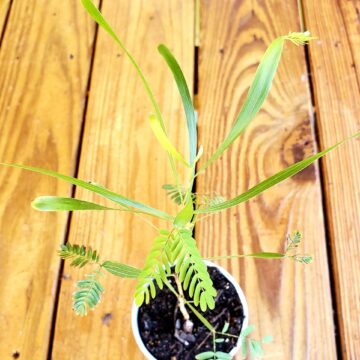Description
Lavandula Officinalis, a synonym for lavandula angustifolia, has long been valued for its aromatic and medicinal properties dating back to the Ancient Greeks and Romans. This perennial member of the mint family originated in the western Mediterranean and is now grown commercially in France for its essential oil. The oil is used for a variety of applications including aromatherapy, perfumes, balms and salves. These balms and salves are said to be useful for soothing both burns and insect bites. Lavender is also an antiseptic. Additionally, the scent deters moths and fleas, and it was even used during the plague to ward off the disease. It is likely that by warding off the fleas, lavender actually did help prevent the spread of the plague. The dried flower spikes are commonly used in dried flower arrangements while the flower heads are used for potpourri and tea. Putting a few flower heads in hot water is said to make a relaxing tea. The flowers may also be introduced to bath water for an added degree of relaxation. Some cooks also use lavender as a seasoning for meats and fishes along with other herbs. This is a great choice for herb gardens or flower borders
Growing Information: These seeds can be own directly outdoors in early spring or fall. If sowing indoors, they will benefit from 6 weeks cold stratification in the fridge. Afterwards, move to a warm location and sow on top of the soil. Germination typically takes between 10-20 days. Seedlings are slow-growing when they first sprout. After two sets of leaves have developed, transplant to a well-draining soil in full sun. A soil slightly on the alkaline side is best
In purchasing, international buyers agree to assume the risk of arrival of all items. We cannot replace lost or seized items. You will be required to confirm that you agree to these terms before items can be sent.




